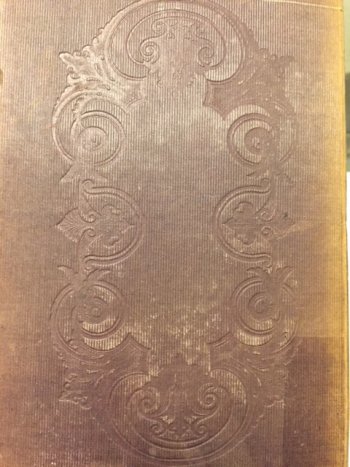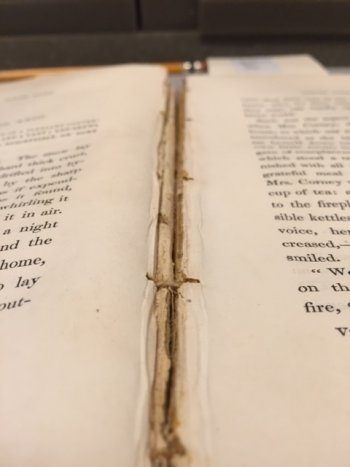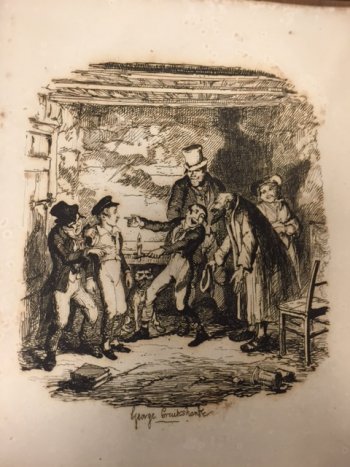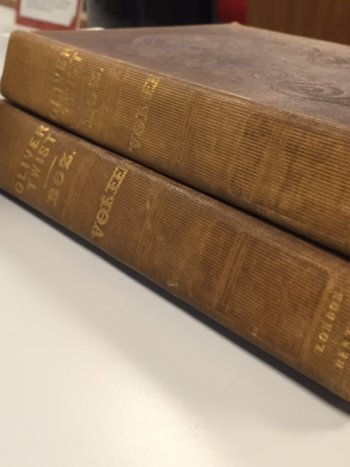   
|
|
Oliver Twist 3-decker
by Hannah McGinley
Upon first glance, it is tempting to think little of this second-edition copy of Oliver Twist. Published by Richard Bentley in 1839 in three-volume format, the work's crumbling spine and aged pages belie the fantastic story within. Oliver Twist, originally published in 1838, is Dickensís second novel. It tells the story of the young orphan Oliver, who spends his childhood in various institutions until he escapes to join a gang of pickpockets. Having personal experience among the working poor, Dickens intended his novel to educate readers on the horrors of Londonís ill-planned Poor Law Amendment Act of 1834, which sent the impoverished and unemployed to workhouses and baby farms with hellish conditions. Dickens also sought to criticize the popular Newgate novels of the 1830s, which glamorized criminality, as well as the upper classesí negative opinions of the poor. To counter the Newgate novels, Dickens depicts the dire consequences that come with a life of crime. Dickens utilized his characterization to refute the condescension of the middle and upper classes, painting many of his characters in a pitiable or heroic light. The volume's appealing cover attracted the upper classes to the novelís controversial tale.
|

